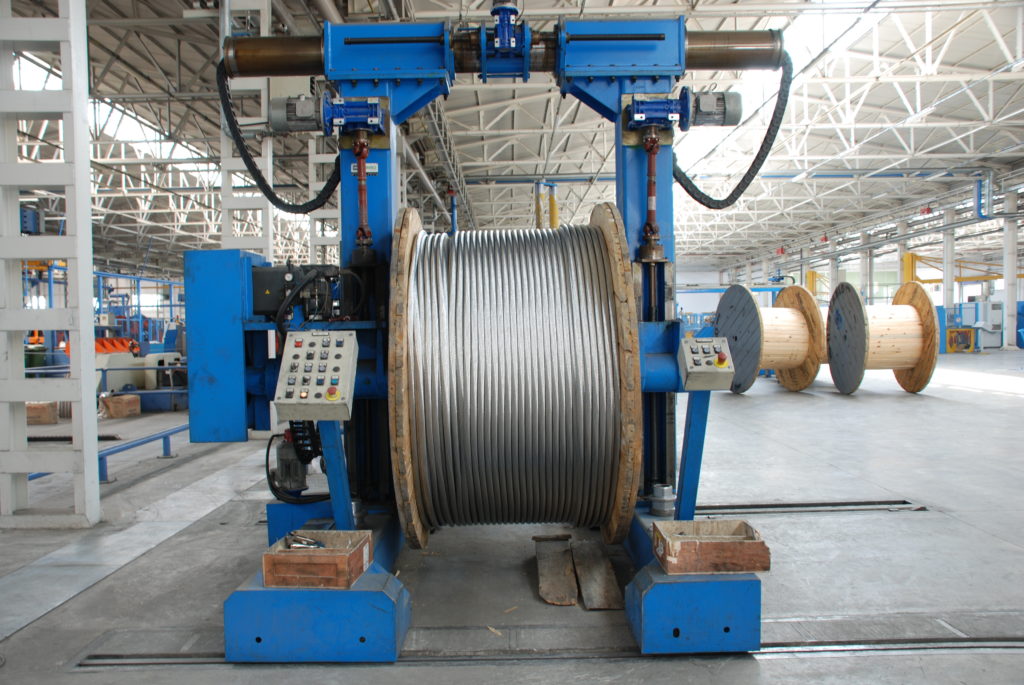Copper vs. Aluminum Conductors

Even though Copper and Aluminum Conductors are the most common nonmagnetic metal conductors they both have unique properties such as weight, conductivity, environmental exposure and tensile strength. When deciding which would be the best option for your application it is important to first learn the pros. and cons. of each conductor.
Copper Conductors
Copper has been used in electrical wiring since the 1820’s with the invention of the electromagnet, the telegraphs and the telephone. Today, it is still the most popular conductive metal and has become the international standard.
Copper has a higher conductivity than Aluminum and is able to better withstand load surges. Due to its higher tensile strength (200–250 N/mm2 annealed) when compared to aluminium (100 N/mm2 for typical conductor alloys) – it is able to resist stretching, nicks and breaks and prevents failures and interruptions.
Copper also contains great thermal-conductivity and thermal-expansion properties. Copper has a 60% higher thermal conductivity rating than aluminium, so it is better able to reduce thermal hot spots in electrical wiring systems.
Copper conductors are commonly used in power distribution, power generation and automotive applications.
Aluminum Conductors
Copper Conductors are more popular and commonly used in the wire & cable industry but Aluminum Conductors also have many benefits for certain applications and is generally more inexpensive.
Even though Aluminum isn’t as effective of a conductor for electricity and heat as Copper, it has the same electrical resistance as copper with 30 percent of its weight and is more economical.
Due to its lighter weight and considerable economic advantages, electrical utilities use aluminum for overhead transmission lines and distribution of energy in both bare and insulated conductors.



